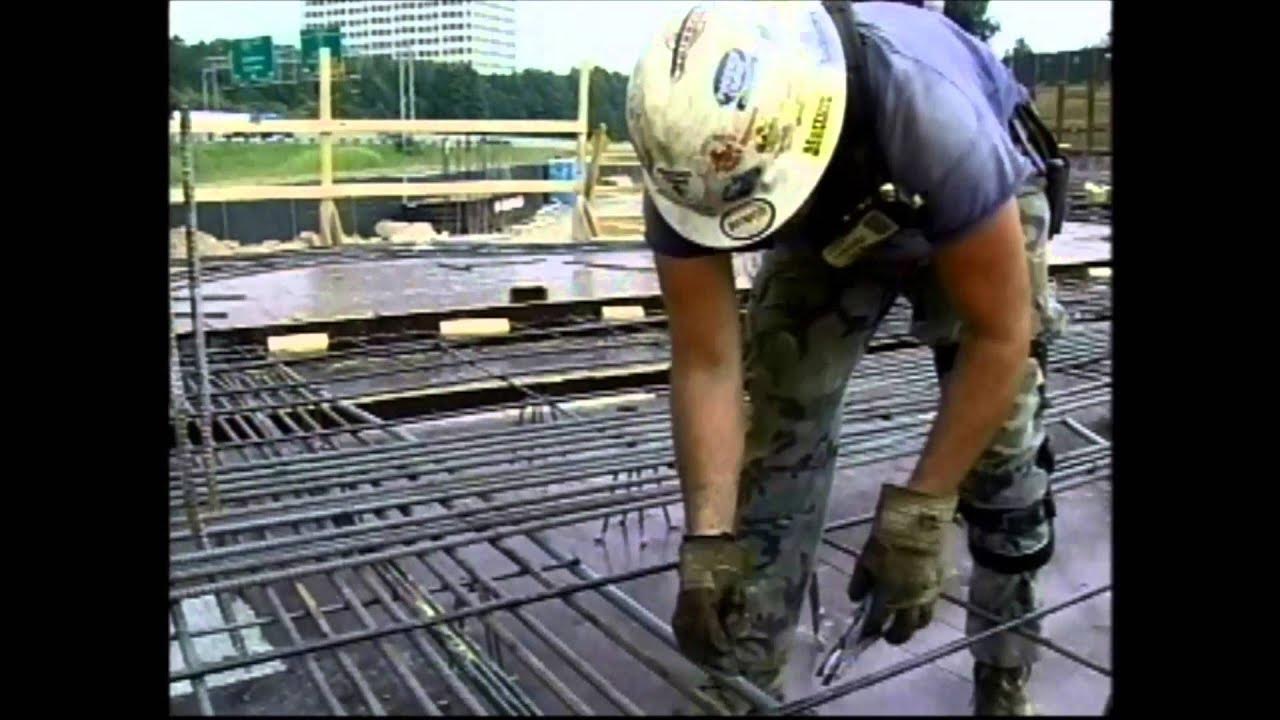Effect of Gel : Space Ratio on Strength of Concrete
Summary
TLDRIn this lesson, the instructor explains the influence of gel space ratio on concrete strength. After discussing the basics of concrete strength and its relation to water-cement ratio, the lesson dives into the concept of gel space ratio, introduced by researchers Power and Brownyard. The gel space ratio is the ratio of hydrated cement paste to the sum of hydrated cement and capillary pores, which impacts the strength of concrete. A formula and graph demonstrate the correlation between gel space ratio and strength. The session concludes with an invitation to continue exploring the topic in a future lesson.
Takeaways
- 😀 The lesson focuses on understanding the influence of gel space ratio on the strength of concrete.
- 😀 Water-cement ratio was previously considered a major factor in concrete strength, as introduced by Abrams' classical law in 1918.
- 😀 Abrams' law correlates water-cement ratio with concrete strength but has limitations in modern concrete technology.
- 😀 Strength of concrete is defined by its ability to withstand compressive loading, known as compressive strength.
- 😀 Modern researchers challenged Abrams' law, emphasizing hydration products, especially the gel space ratio, for more precise results.
- 😀 The gel space ratio is the ratio of the volume of hydrated cement paste to the total volume of hydrated cement plus capillary pores.
- 😀 The gel space ratio is dimensionless and plays a crucial role in determining concrete strength.
- 😀 Power and Brown pioneered the relationship between gel space ratio and concrete strength with an expression: S = 240 * X³.
- 😀 The formula S = 240 * X³ relates the strength (S) of concrete to the gel space ratio (X), where 240 is the intrinsic strength of gel.
- 😀 A graph illustrating the relationship between gel space ratio and concrete strength shows that strength increases significantly as the gel space ratio reaches around 0.8.
- 😀 There is a need for further exploration of the gel space ratio, including its formula derivation and example problems, which will be covered in the next lesson.
Q & A
What is the main focus of today's lesson in the script?
-The main focus of the lesson is the gel space ratio and its influence on the strength of concrete.
What concept was discussed in the previous lesson?
-The previous lesson covered the concept of water-cement ratio and its effect on the strength of concrete.
What is the definition of strength in the context of concrete?
-In the context of concrete, strength refers to the compressive strength, which is the ability of concrete to withstand compressive loading.
Who was the pioneer behind the classical law correlating water-cement ratio with concrete strength?
-The pioneer behind the classical law correlating water-cement ratio with concrete strength was Duff Abrams, who introduced it in 1918.
What did Abrams' classical law state about the relationship between water-cement ratio and concrete strength?
-Abrams' classical law stated that the strength of concrete is governed by the water-cement ratio, assuming the mix is workable.
What were the main limitations of Abrams' classical law?
-The main limitations of Abrams' classical law were that it failed to recognize other factors affecting concrete strength and was based on outdated scientific knowledge.
What is the gel space ratio and how is it defined?
-The gel space ratio is the ratio of the volume of hydrated cement paste (gel) to the sum of the volumes of hydrated cement paste and capillary pores.
Who were the researchers that established a recognized relationship between gel space ratio and concrete strength?
-Researchers Power and Brawnyard established the recognized relationship between gel space ratio and concrete strength.
What is the formula presented for the relationship between gel space ratio and concrete strength?
-The formula for the relationship between gel space ratio (X) and concrete strength (S) is S = 240X^3, where 240 represents the intrinsic strength of the gel.
How does the graph of gel space ratio versus concrete strength behave?
-The graph shows that as the gel space ratio increases, the concrete strength increases sharply, particularly around the 0.6 to 0.8 gel space ratio, after which the strength increase levels off.
Outlines

This section is available to paid users only. Please upgrade to access this part.
Upgrade NowMindmap

This section is available to paid users only. Please upgrade to access this part.
Upgrade NowKeywords

This section is available to paid users only. Please upgrade to access this part.
Upgrade NowHighlights

This section is available to paid users only. Please upgrade to access this part.
Upgrade NowTranscripts

This section is available to paid users only. Please upgrade to access this part.
Upgrade NowBrowse More Related Video
5.0 / 5 (0 votes)





